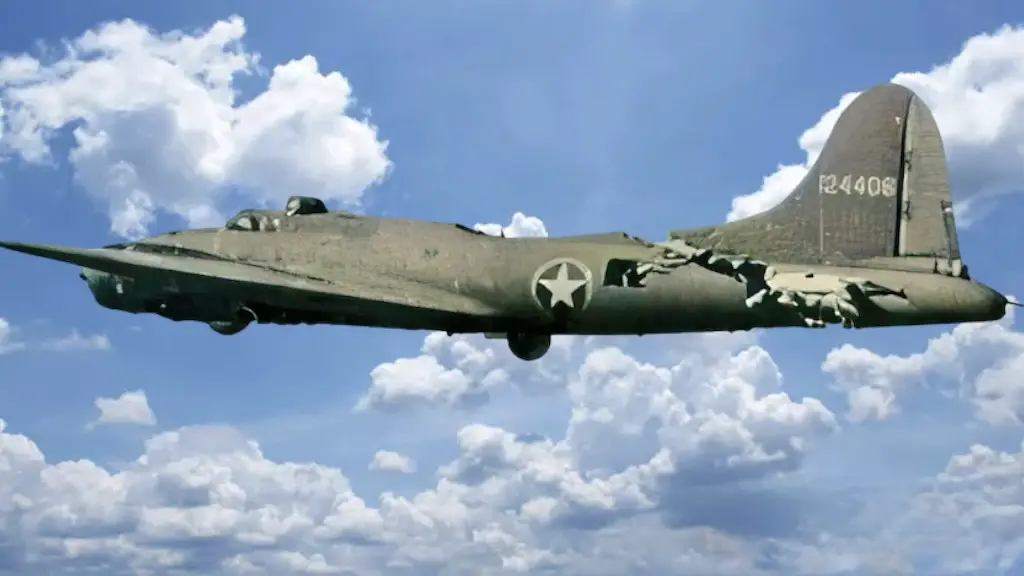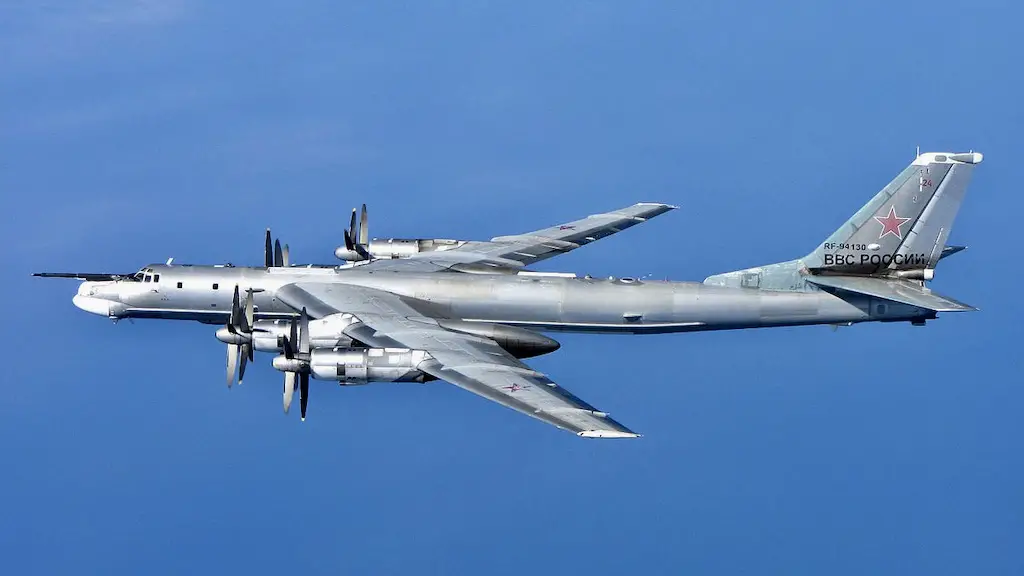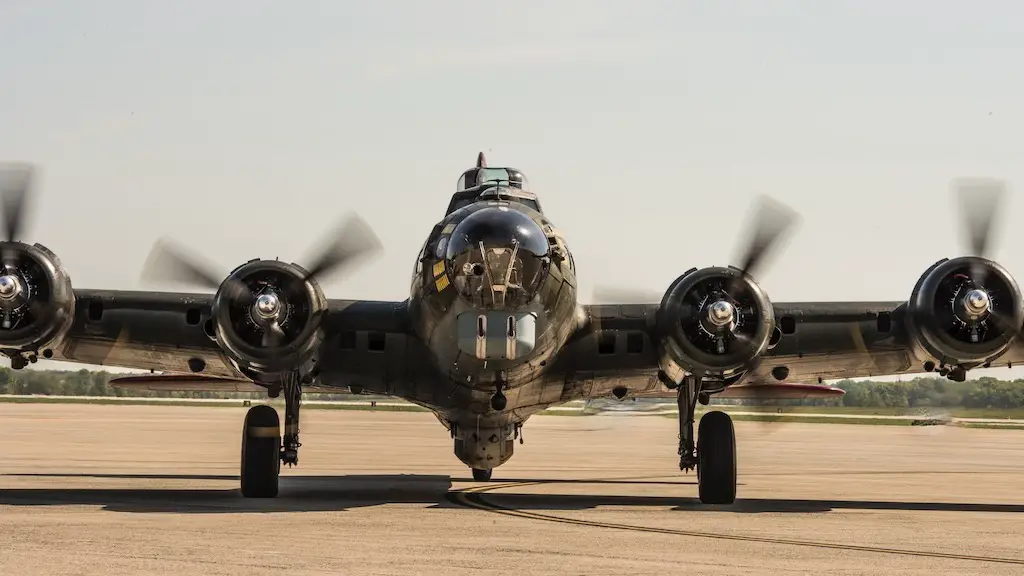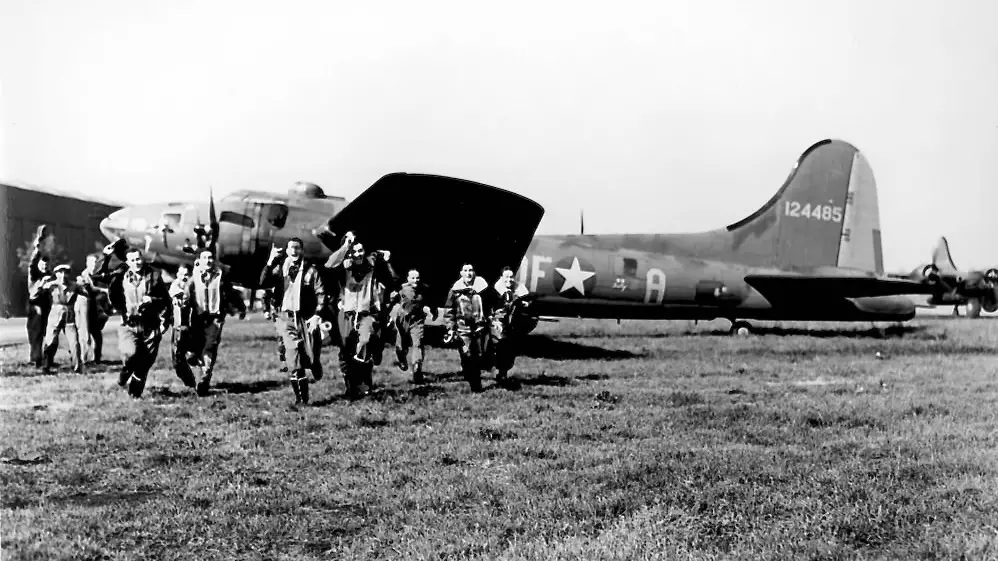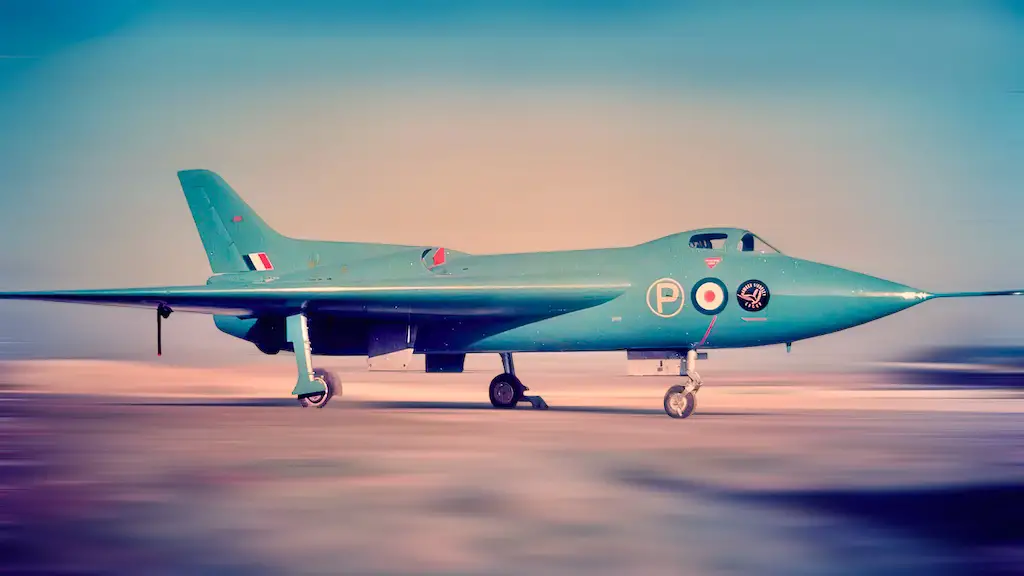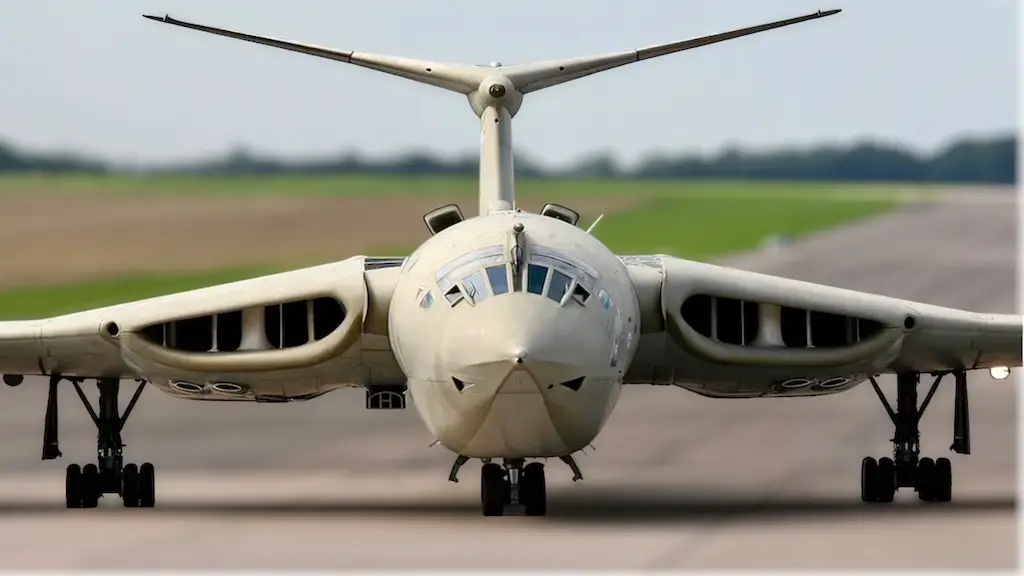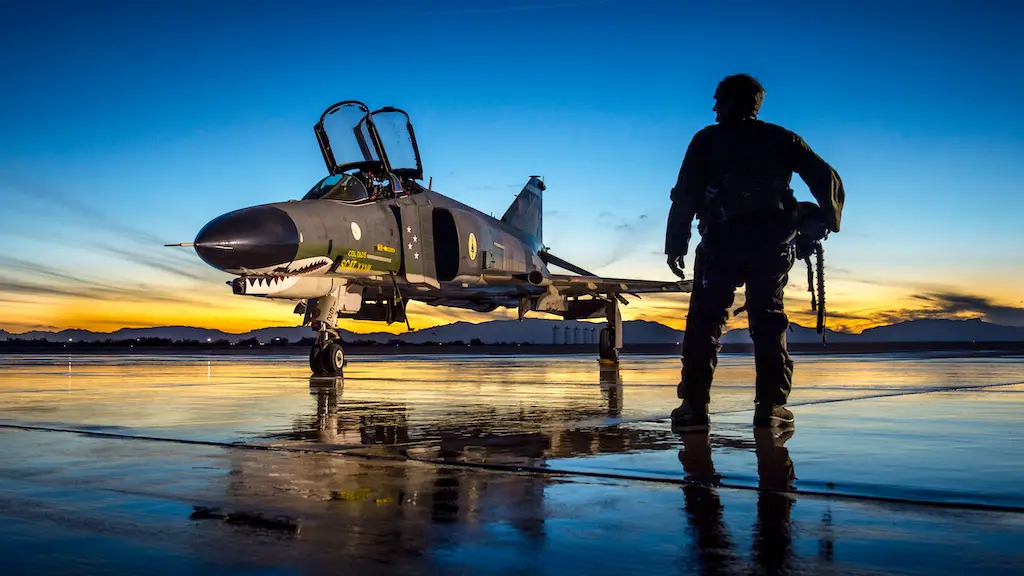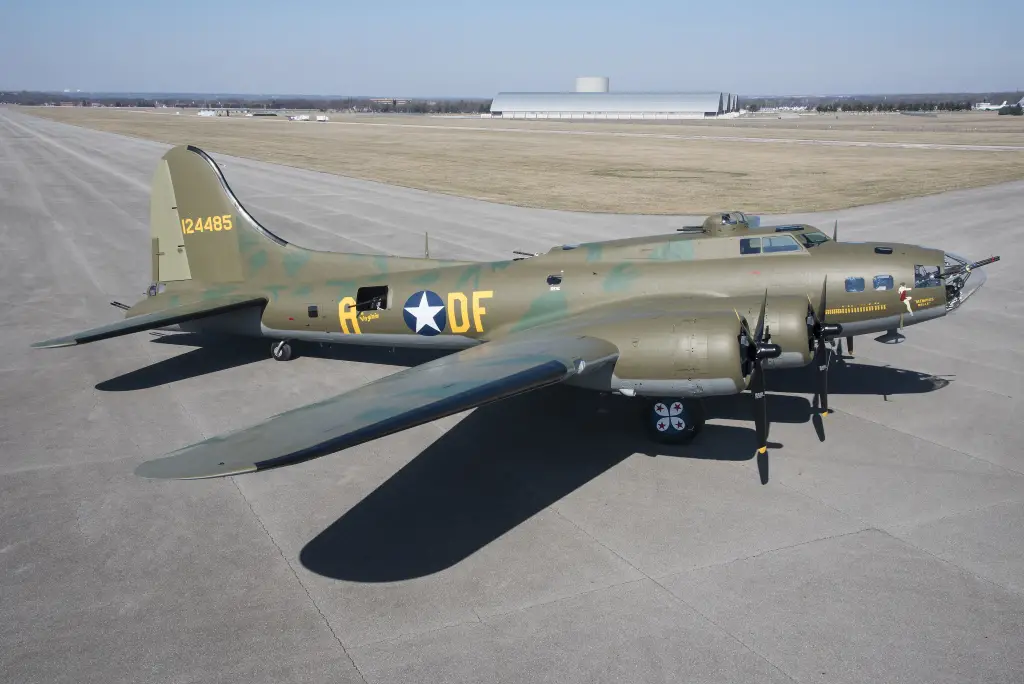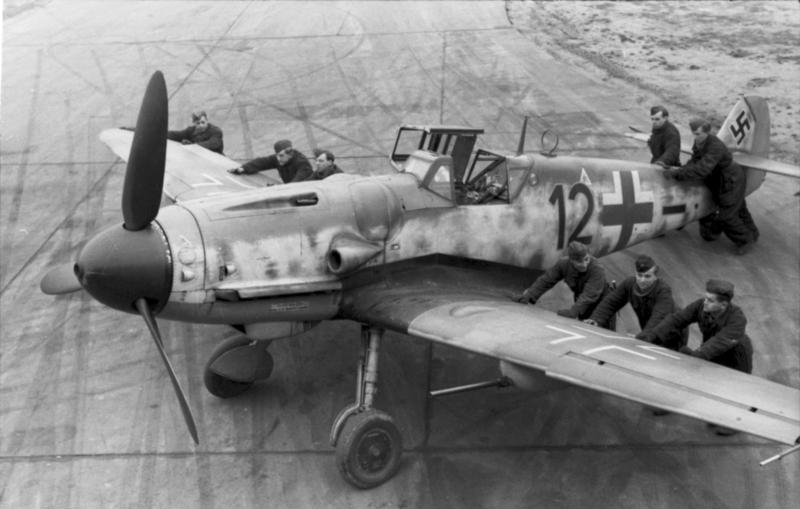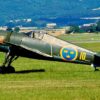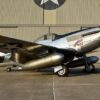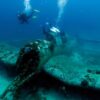B-17s Head to Tunis
February 1, 1943, a squadron of B-17 bombers, including the B-17F named “All-American,” took off from Biscar, Algeria, with a mission to bomb Tunis, a German-controlled seaport. Piloted by Lieutenant Ken Bragg Jr. and co-piloted by Godfrey Engel Jr., these bombers embarked on a perilous journey. The 414th Squadron, 97th Bombardment Group, faced immediate challenges as they were harassed by BF-109s en route to their target. Despite this, the crew, including bombardier Ralph Burbridge, managed to reach Tunis, drop their bombs, and begin their return journey.
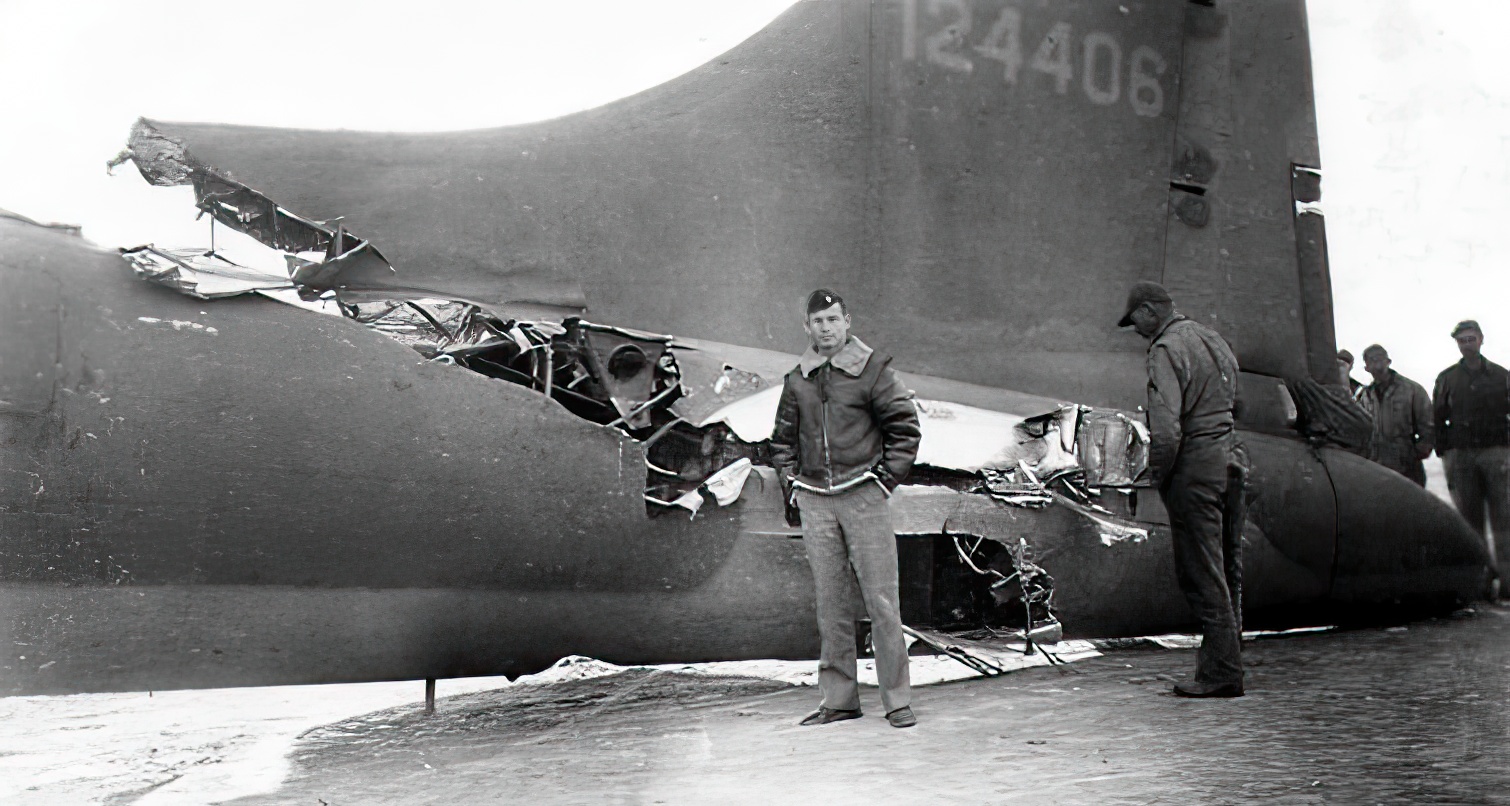
Attacked by Bf 109’s
The All-American and its companions were once again attacked by German fighters on their way back. Their defenses held strong until they nearly exited the range of the enemy. However, their relief was short-lived as two BF-109s, piloted by experienced German aces, launched a sudden attack.
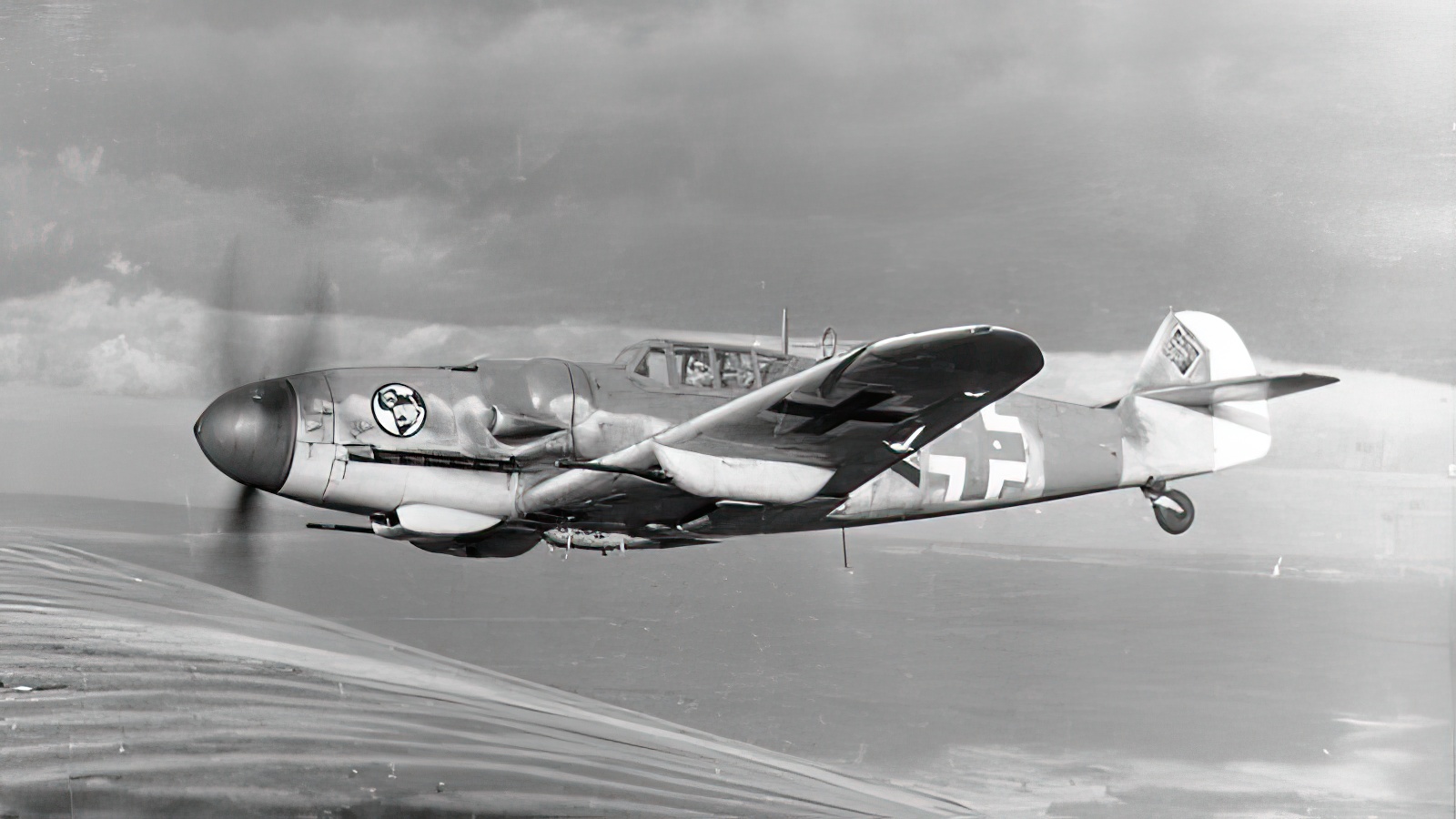
All-American vs. Yellow One
In a dramatic turn of events, one of the BF-109s, “Yellow One,” piloted by Eric Paxia, a pilot with 16 victories, targeted the All-American. Paxia’s plan to attack head-on and roll underneath the B-17 was met with fierce resistance. The All-American’s crew, unyielding in their defense, managed to incapacitate Paxia. Unable to complete his maneuver due to injury or mechanical failure, Paxia’s plane collided with the All-American, creating a catastrophic scene.
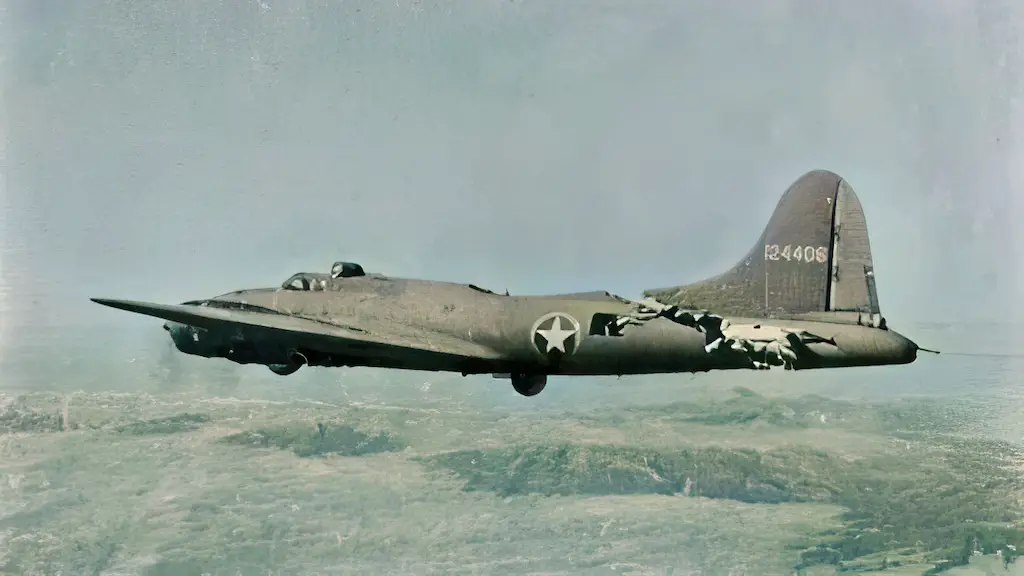
A Devastating impact
The impact was devastating. The crew felt a violent shudder as the BF-109 tore through the All-American. The collision resulted in a storm of metal and chaos, leaving a gaping hole in the fuselage and the plane nearly severed in two. The right engines were disabled, and the tail was barely hanging onto the main body of the aircraft. Despite these critical damages, the crew, miraculously still alive, prepared for the worst, readying their parachutes for an imminent escape.
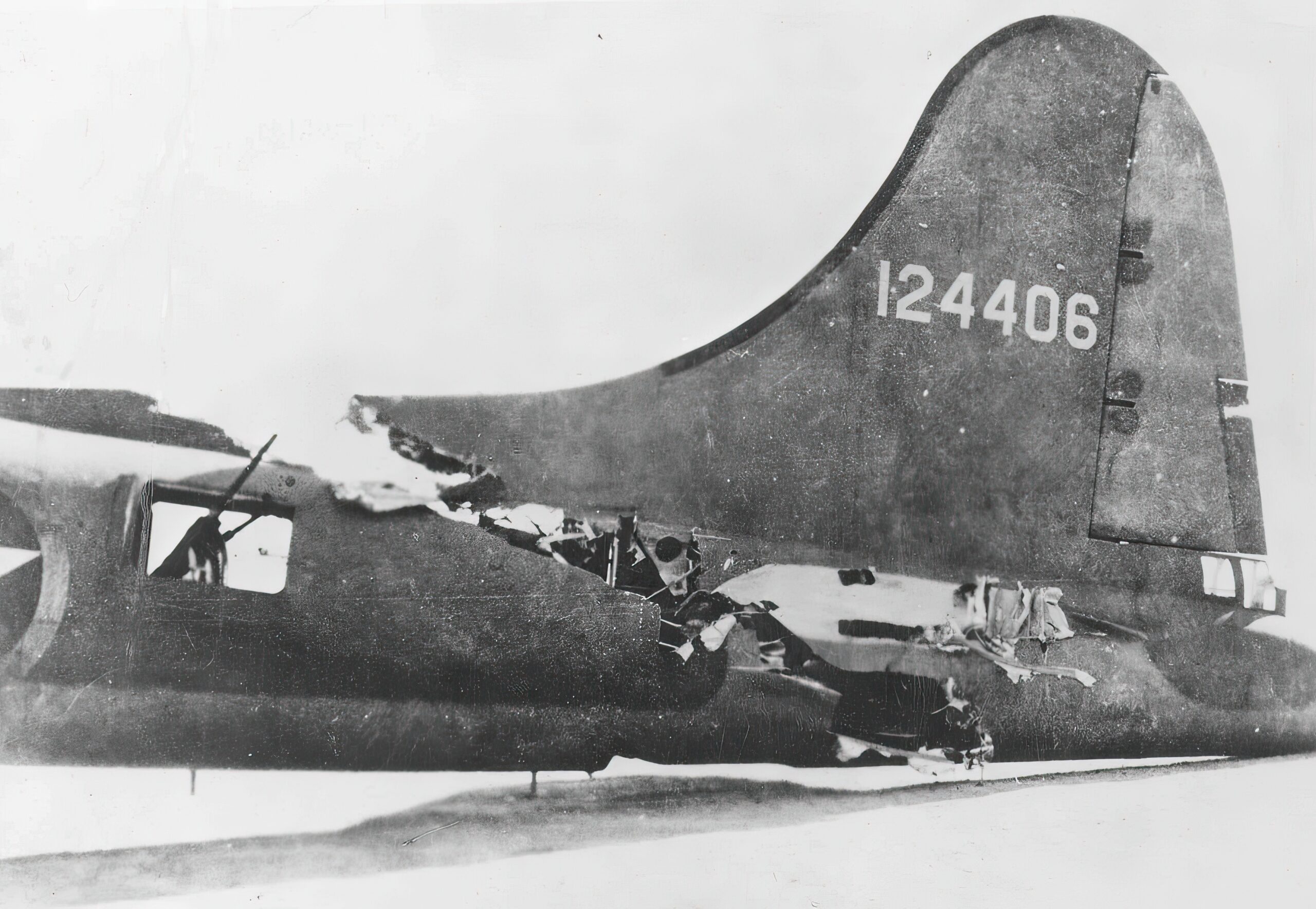
A Miracle in the Air
Against all odds, the All-American kept flying. The other B-17s in the formation were astounded to witness the severely damaged bomber recover and continue its flight. Lieutenant Charles Cutforth, in the accompanying bomber, captured an iconic image of the All-American flying over the desert with its ragged fuselage.
Inside the All-American, the situation was dire. Wires dangled and metal flapped in the wind, while the tail section, with a large piece of the ME109 lodged in it, hung precariously. Sergeant Sam Sarpolis, the tailgunner, made a perilous jump back to the main fuselage, bringing essentials with him. The formation, showing solidarity, slowed down to accompany the All-American until they reached American-controlled airspace.
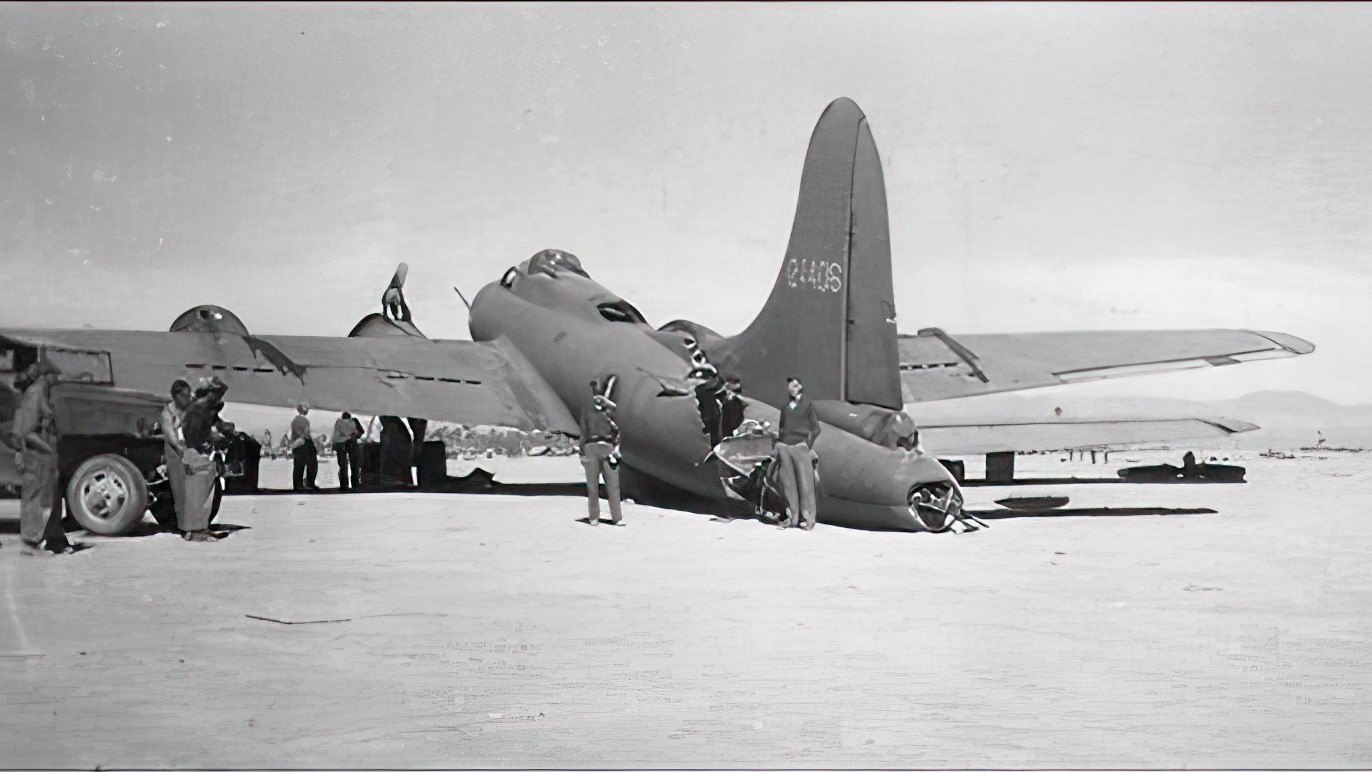
Safe Landing
The pilots of the All-American, demonstrating remarkable skill and bravery, managed to land the plane safely at Biscaro, even without a rear wheel. The crew, apart from minor injuries, survived unscathed. The All American was repaired and returned to service, but the aiecrafts flying characteristics were plagued with problems and was used as a utility aircraft until she was salvaged overseas in March 1945. Despite showcasing incredible resilience sadly it was ended up being scrapped.

